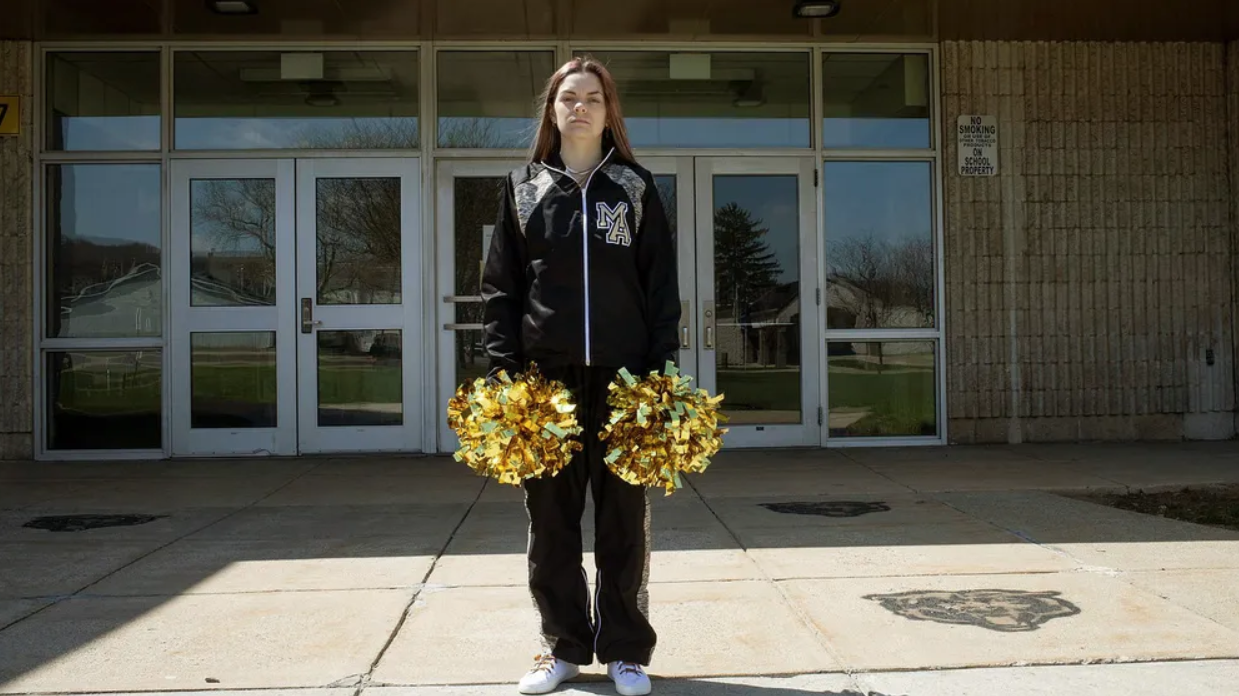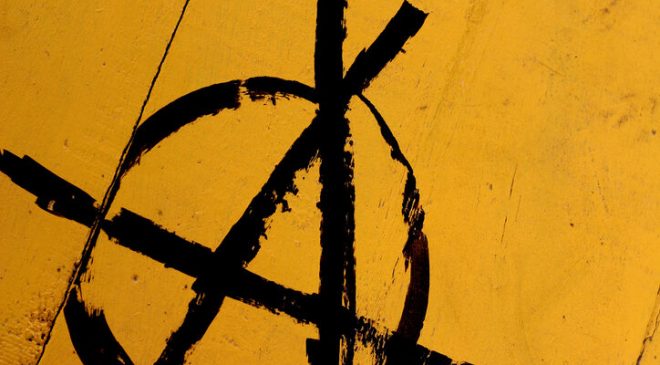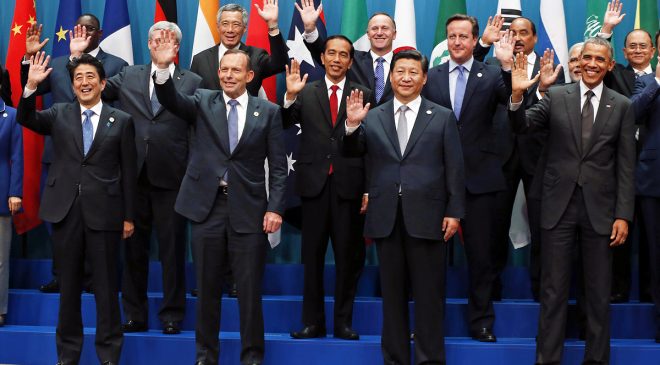In 1969, the US Supreme Court held, in Tinker v. Des Moines Independent Community School District, that students don’t “shed their constitutional rights to freedom of speech or expression at the schoolhouse gate.” Schools may only prohibit, censor, or punish student speech which would “materially and substantially interfere with the requirements of appropriate discipline in the operation of the school.”
But what about speech that occurs outside the schoolhouse gate, and outside school hours? The Court is about to take on that issue in Mahanoy Area School District v. B.L.
In 2017, 14-year-old high school freshman Brandi Levy found herself suspended from her school’s cheerleading squad for a year over an intemperate Snapchat post published from off campus and over the weekend.
“F*** school f*** softball f*** cheer f*** everything,” Levy wrote, emphasizing her upset at not making the varsity cheer squad with a photo of herself and a friend raising their middle fingers.
Levy sued over the suspension and won. Four years later, she studies accounting in college as she awaits a US Supreme Court ruling on her former school’s appeal.
The school district claims the power to regulate and punish “substantially disruptive” student speech, even when the student speaks off campus and outside school hours.
Brandi Levy says the district’s power over student speech ends at the campus property line and the end of the school day.
Even leaving aside the question of whether Levy’s rant was “substantially disruptive” (as a student, I heard much worse on campus and during school hours without any accompanying “disruptions”), it’s important to draw a bright line here: She’s right, they’re wrong, and it isn’t a close call.
Most state laws mandate attendance at government-operated schools for most minors (with some exceptions for private or home schooling).
The government gets substantial control of our kids for several hours a day, five days a week, not counting homework and extracurricular activities.
That substantial control must end at the schoolhouse door and at the final bell.
Apart from true threats of violence, which are actionable whether the perpetrator is a student or not, what our kids say, how they say it, and who they say it to when they’re not at school is simply none of the school’s business.
In the age of social media, it’s more important than ever for the Supreme Court to protect students’ free speech rights off campus as well as on.




